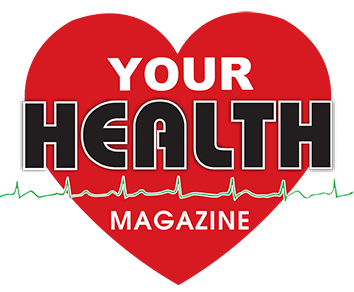
More Pain Management & Rehabilitation Articles
Physical Therapy After a Stroke
A stroke, which medically is referred to as a cerebrovascular accident or CVA, is an injury to the brain. The injury can result from various conditions, including a bleed in the brain, loss of blood to the brain, lack of oxygen to the brain, or certain illnesses.
The brain controls all the functions of the body, including movement. One side of the brain controls the opposite side of the body. If a stroke occurs on the left side of the brain, it affects the right side of the body and can cause paralysis and difficulty with movement. It also affects other functions, such as speech and swallowing.
A stroke on the right side of the brain affects the left side of the body and can cause paralysis and difficulty with movement. It can also cause problems with decision-making and analytical skills, as well as perceptual tasks, such as judging distance, balance, and safety.
What Are the Warning Signs?
New treatments can limit the disability caused by a stroke, but you need to know the signs and act in time. Here are the signs to look for in yourself or those around you
Sudden numbness or weakness in the face, arm, or leg, especially on one side of the body.
Sudden confusion or trouble speaking or understanding.
Sudden trouble seeing in one or both eyes.
Sudden trouble walking, dizziness, loss of balance or coordination.
Sudden severe headache with no known cause.
If you experience any of these symptoms, you need to get to a hospital right away. Even if they go away quickly, it may still be a stroke. It also helps to know if you or those you care about are at risk for stroke.
If you have high blood pressure, you're 4-6 times more likely to have a stroke. Heart disease and a heart condition known as atrial fibrillation can double your risk of stroke. Your risk also increases if you smoke, have diabetes, sickle cell disease, high cholesterol, or a family history of stroke.
The Road To Recovery
The best way to get better after a stroke is to start physical therapy. The physical therapist will do a comprehensive evaluation to determine the degree of impairment. The physical therapist will assist the patient in regaining skills that were lost because of the stroke. This can occur through re-training the muscles to perform their original function and by teaching compensatory techniques to make up for muscles that may no longer work.
The physical therapist will address walking and balance skills, transferring from one position to another, improving strength and range of motion, and regaining overall mobility for daily activities.
The ultimate goal of physical therapy is to enable the patient to do well and be as independent as possible, understand and live with the changes that have occurred, and adjust to living within the home, family, and community. Consult with your physical therapist for more information.
Other Articles You May Find of Interest...
- Alleviating Joint Pain in Pets: A Comprehensive Guide
- Sciatica Treatment Options
- How to Promote Bone Fracture Healing? Tips for Faster Healing
- Managing Chronic Back and Neck Pain
- Pervasiveness Of Pain
- Effective Solutions for Lower Back Arthritis: Medial Branch Blocks and Radiofrequency Ablation
- Spinal Compression Fracture Treatment Options

















